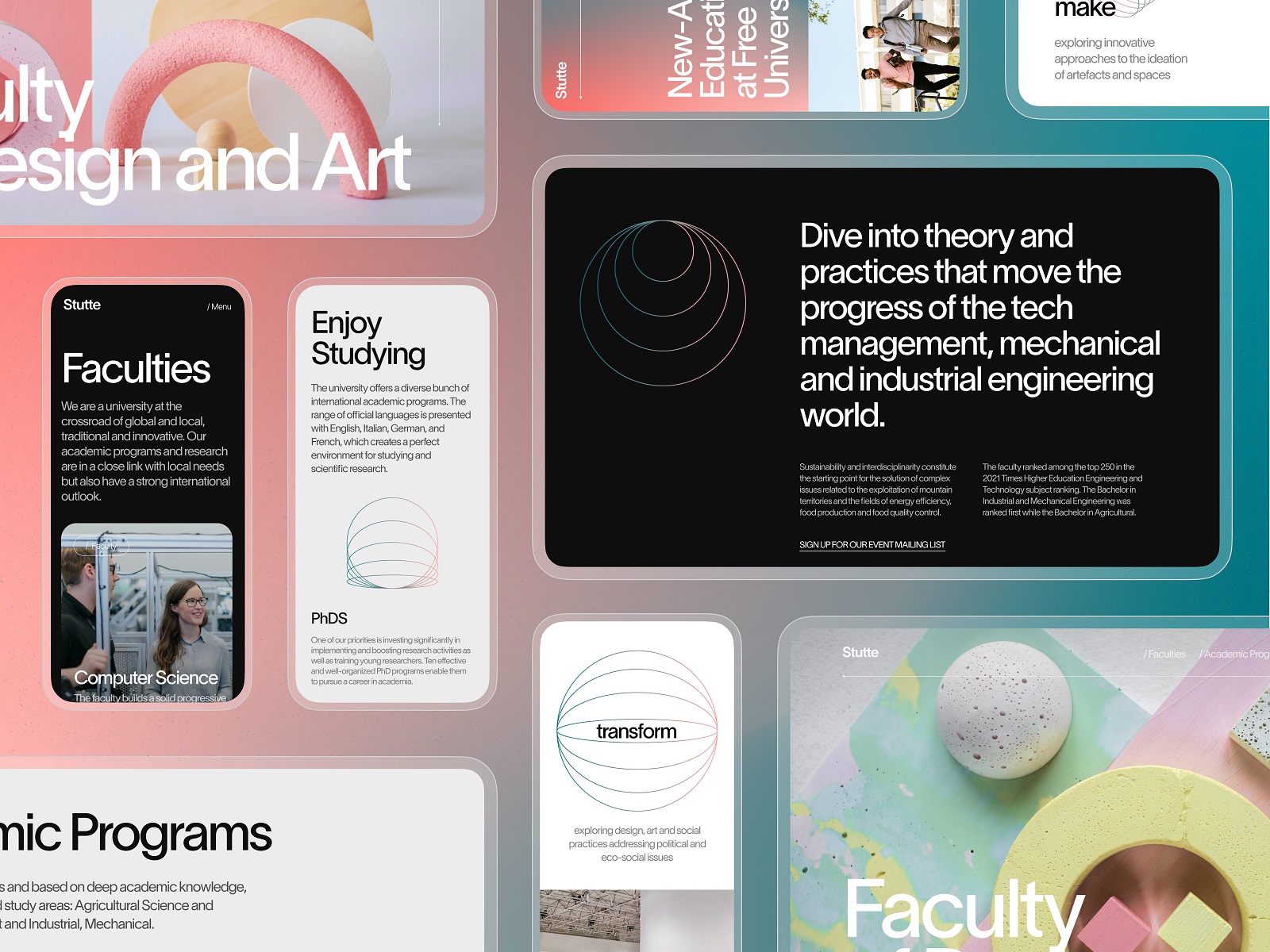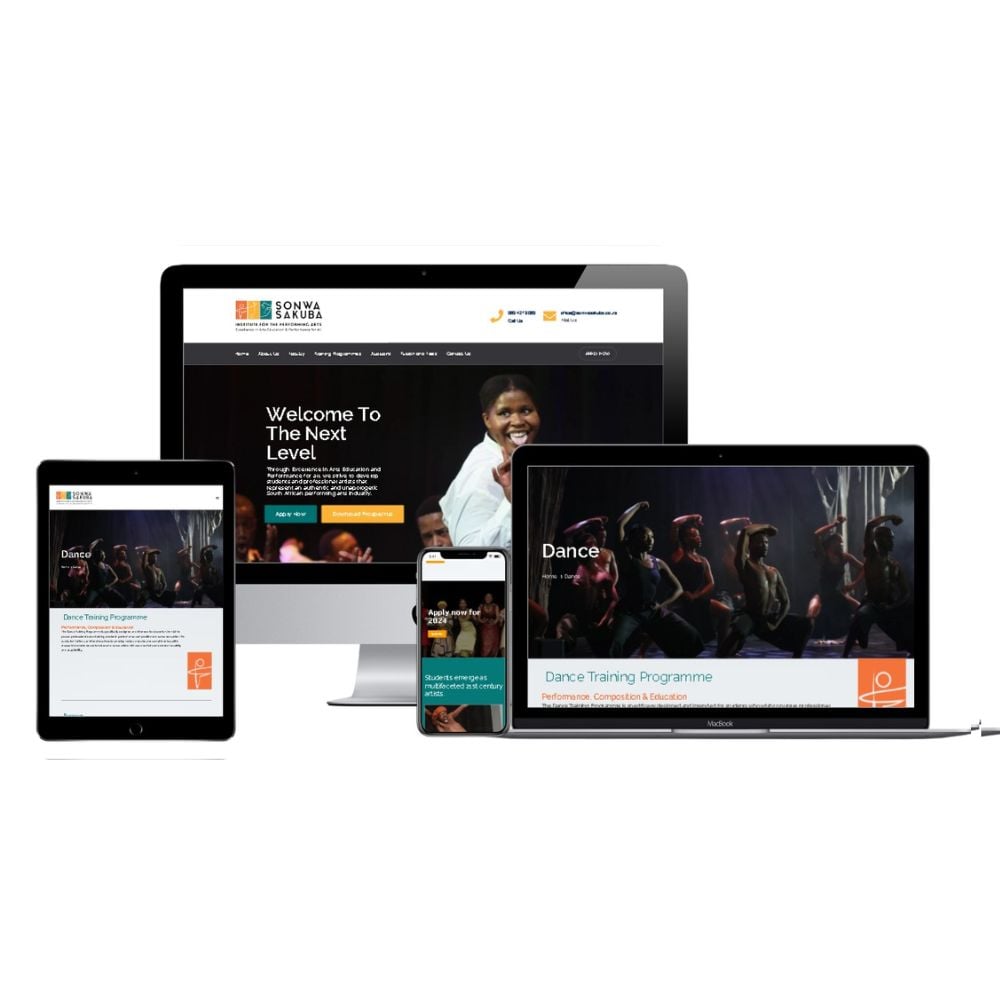Modern Internet Site Style That Records Attention and Transforms
In a significantly electronic landscape, modern site style has become an essential variable in recording individual interest and driving conversions. By tactically employing aesthetic hierarchy, receptive designs, and engaging interactive components, developers can develop experiences that not just attract visitors however also assist in significant communications. In addition, effective call-to-action methods play an essential function in guiding users towards wanted results. As we explore these important parts, it comes to be clear that recognizing their interplay can significantly impact a web site's performance and individual fulfillment. What are the key elements that genuinely make a distinction?
Relevance of Visual Pecking Order
Visual hierarchy is an essential aspect in site design, as it guides customers' attention and boosts their general experience. By tactically arranging web content, developers can direct individuals to one of the most essential information initially, thereby raising interaction and boosting functionality. Effective visual hierarchy uses numerous strategies, including dimension, comparison, spacing, and shade. Bigger aspects naturally draw the eye, while contrasting colors can stress vital messages, making them stand out amongst even more controlled elements.
Including a rational circulation in web content arrangement is crucial; for instance, positioning one of the most vital information on top of a web page fosters instant acknowledgment. Constant use of typography, such as differing font sizes and styles, assists develop a clear web content framework. This organization not just aids in navigation however likewise constructs depend on, as customers really feel a lot more comfortable when they can easily discover what they are trying to find.
Eventually, a well-executed visual hierarchy not just boosts aesthetic charm however also significantly influences user habits. By prioritizing important components and guaranteeing a smooth experience, designers can effectively convert site visitors into customers, reinforcing the relevance of this fundamental design principle in modern web site growth.
Responsive Design for All Instruments
Producing a smooth experience across various tools is essential in today's electronic landscape, where users gain access to internet sites from tablets, desktop computers, and mobile phones alike. Receptive layout is an important approach that ensures sites adapt fluidly to various screen sizes, resolutions, and positionings. By using flexible grids, images, and CSS media inquiries, developers can create designs that preserve visual honesty and functionality, despite the device being used.
The value of responsive layout expands past looks; it directly affects customer involvement and conversion rates. A web site that functions well on all gadgets motivates longer brows through and reduces bounce prices, as customers are more most likely to connect with material that is simple to browse. Search engines, especially Google, prioritize mobile-friendly websites in their positions, making receptive style an essential component of search engine optimization (SEO)
Integrating responsive style not only enhances customer experience but also enhances the growth procedure. By producing a single site that works across tools, organizations can save time and sources compared to establishing different mobile and desktop computer versions. Ultimately, responsive design is a fundamental strategy for contemporary internet site style, making sure access and fulfillment for all customers, despite their tool.
Involving Interactive Aspects
While a responsive layout prepares for a practical internet site, including interesting interactive elements is essential for capturing individual focus and cultivating much deeper links. Website Design. Interactive aspects, such as computer animations, tests, and clickable infographics, develop an extra dynamic customer experience, encouraging site visitors to invest more time on the site
Integrating interactive features can also lead individuals through complicated information, making it easier to digest material. For instance, interactive sliders can show item variants, while embedded video clips can provide demonstrations or endorsements that resonate even more than fixed pictures or text. Additionally, gamification methods, like incentives for involving or completing tasks with material, can improve customer inspiration and retention.
Reliable usage of interactive aspects not only improves the individual experience but can likewise bring about higher conversion rates. By making communications delightful and useful, services can cultivate a sense of commitment and count on with their audience. Nevertheless, it is important to stabilize interactivity with performance; excessively complex functions might hinder site speed, negatively affecting user complete satisfaction. Inevitably, integrating properly designed interactive aspects can dramatically raise an internet site's effectiveness, driving interaction and conversions in today's competitive electronic landscape.
Structured Navigation Practices
Efficient navigating is a foundation of any type of successful site, as it straight influences individual experience and content availability. pop over here Streamlined navigation practices make sure that customers can easily situate info, boosting their interaction with the website. A well-structured navigation menu should be straightforward and user-friendly, generally including a minimal variety of key classifications to stay clear of frustrating visitors.
To accomplish streamlined navigating, developers should focus on a hierarchical framework that practically organizes web content. Executing breadcrumb routes can offer individuals with context concerning their current area within the site, enabling for seamless backtracking. Furthermore, using drop-down food selections can efficiently save room while still supplying accessibility to subcategories.
Receptive style is critical, as navigation ought to be useful across all gadgets (Website Design). Mobile customers, in specific, benefit from touch-friendly menus and collapsible sections that keep usability without compromising aesthetic appeals

Effective Call-to-Action Approaches
A well-crafted call-to-action (CTA) is important for directing customers toward desired end results on a web site, as it encourages them to engage with web content or purchase. To optimize their performance, CTAs need to be clear, compelling, and strategically positioned throughout the website.
First, make use of action-oriented language that connects seriousness or value, such as "Begin," "Join Currently," or "Insurance claim Your Price cut." This language not just encourages individuals however additionally sets clear assumptions regarding the next steps.
2nd, consider design elements; CTAs ought to stand apart visually via contrasting colors, enough whitespace, and popular positioning. A button that is very easy to see and click boosts the chance of user interaction.
Additionally, individualizing CTAs based upon user habits or demographics can significantly boost interaction. Tailored messages reverberate extra with individuals, driving greater conversion rates.

Final Thought
These components jointly improve user experience, making certain that visitors remain engaged and motivated to check out material additionally. By prioritizing these design concepts, organizations can significantly improve individual retention and conversion prices, have a peek at this site ultimately leading to higher success in the digital landscape.
In an increasingly electronic landscape, contemporary website design has actually emerged as an essential element in capturing individual focus and driving conversions.Visual power structure is a crucial component in site style, check this as it overviews customers' focus and boosts their overall experience.The relevance of receptive style prolongs beyond aesthetic appeals; it straight impacts user engagement and conversion rates.Including receptive layout not only improves individual experience yet likewise simplifies the development process. Eventually, responsive design is a fundamental method for contemporary internet site design, making sure access and complete satisfaction for all customers, no matter of their tool.
Comments on “How Professional Website Design Helps Build Trust with Your Audience”